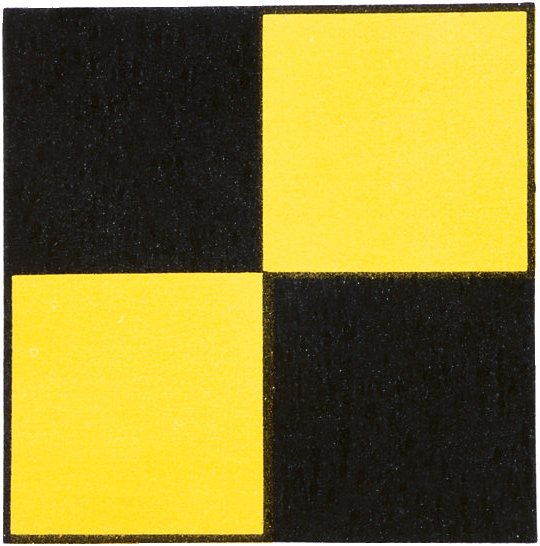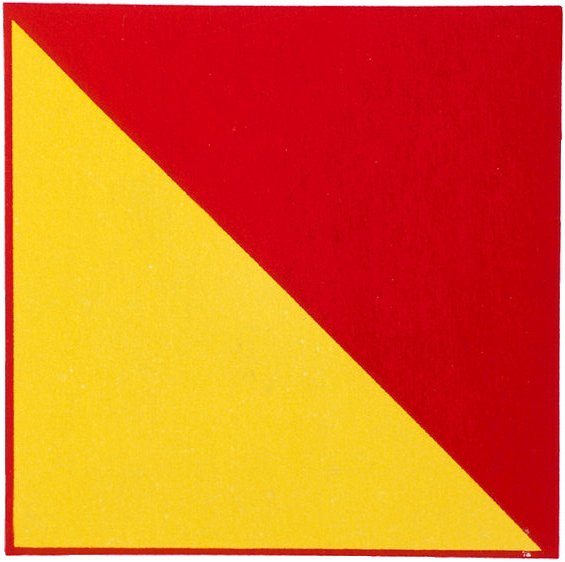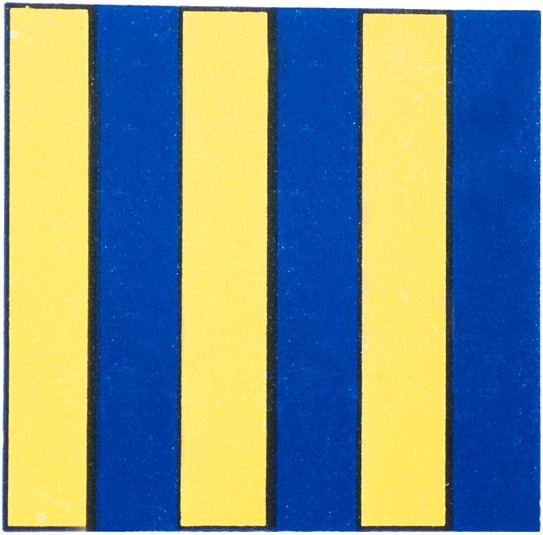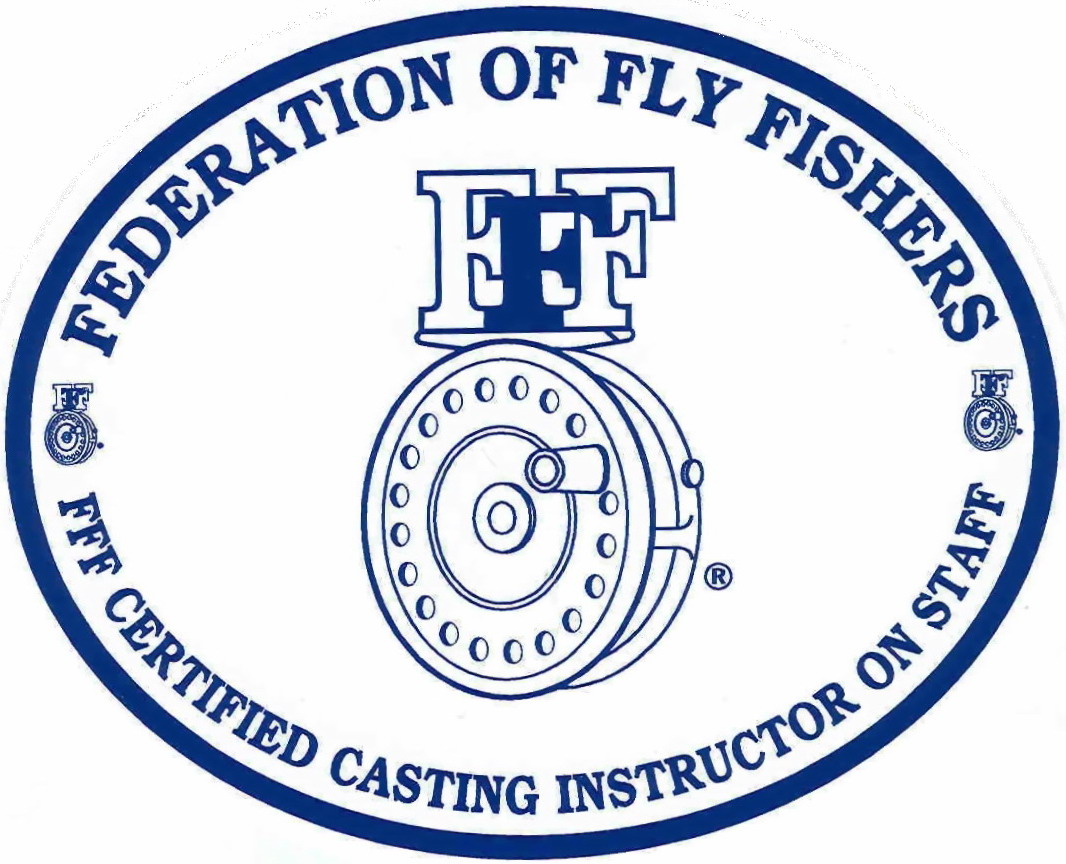Let RIO PRODUCTS help with your Fly Casting
by Captain Jim Barr on 09/14/16
As a recreational fly angler initially, and then as a professional fly fishing angler, I have developed my preferred list of equipment, to include rods, reels, fly lines, leaders, tippet material and of course, fly patterns. For the sake of this brief article I will skip the rods, reels, leaders, tippet material and fly pattern discussion and save them individually, or collectively for another day and another article. (FYI, in the January 28, 2016 newsletter I penned an article pertaining to my thoughts on saltwater fly patterns.)
Of the entire suite of fly fishing hardware used to get a fly in front of a fish, in my estimation THE most critical item- is the fly line.
I don't have the time or the interest in experimenting with and testing all the fly lines in the market place and laying out all my findings in an elaborate Excel spreadsheet to help identify the winners. I will leave that to someone else who gets paid to do those kinds of things, or someone who has more time. I have tried most of the major fly line brands, and yes it's probably fair to say that I have not kept up with the "latest of the latest" developments of the various horses running the race to be "the best", but I have a pretty good handle on what's out there. In my estimation, of the high-end lines now available, most are pretty good, some are absolutely horrible irrespective of their pretty packaging, marketing hype and cost, but with only a few who are leading the race to stay ahead of the field by consistently researching, testing and developing new technologies. I don't offer the following opinion out of any pecuniary incentive to do so, my intent is only to provide good guidance to my friends and clients on how to cut through a lot of the marketing bull and get to a point where they don't have to go much further in making a sound purchasing decision.

From where I sit, RIO PRODUCTS is without peer. In the four years that I have been associated with Far Bank Enterprises, the holding company for Sage, Redington and RIO PRODUCTS, I have been primarily fishing with RIO lines. They have performed wonderfully, so much so that in preparation for the upcoming season I recently swapped out all other manufacturer's fly lines (for saltwater and freshwater applications) from my personal and professional inventory, and likewise am recommending RIO to all my fly casting students (both freshwater and saltwater anglers). RIO's fly lines are the only lines that my clients and I will fish with going forward. They offer the largest inventory of fresh and saltwater lines of any manufacturer. Their diversity of types, weights, lengths, densities , coupled with unmatched customer service and technical help desks, is beyond any other fly line company in the world marketplace. I will also say that if you don't have a resource available to you that is knowledgeable about fly fishing and in particular the best fly lines for your type of fishing and level of proficiency, who can provide you with good guidance on what's the best line for you- you can't go wrong by consulting with RIO's experts in Idaho Falls, ID at their manufacturing offices. Some may opine- that's like asking the fox to mind the chicken coop, and I get that, but I think their products and integrity are that good. 

In my opinion, for saltwater fly fishing in northeast United States waters, the four most critical features of a fly line are:
- "Slickness"- During the cast the ability of the line to freely sail with minimal friction through the guides on the way to the target.
- "Non Slinky-Toy Behavior"- Lines that retain "memory" from being wound on the reel will develop tight coils when being stripped from the reel, and the propensity of the line to resume the coiling behavior when on the deck or in your stripping basket even, after you have done your best to stretch it before and during your fishing outing. A coiled line will in many cases either prevent you from making a cast, or at a minimum, rob you of casting distance.
- Using a line that has minimal stretch. A line that stretches under load will cause you to miss strikes and hooksets, and will be problematic when fish make long runs in current combined with changes in direction. The inability of the angler to maintain a tight connection to the fish as a function of the traditional 30% stretch factor existing in most lines, is the primary reason for fish coming unbuttoned, aside from poor hooksets.
- For the beginner to low intermediate fly angler, to have a line that has a shorter and heavier "head" section, that has the mass and weight of the fly line concentrated in the forward-most section of the line, which permits easier loading of the rod, and faster presentations due to less false casting, particularly in windy conditions.
Many of my fly casting clients struggle with their casting, particularly in bumpy and windy conditions that are made worse when they must use a backhand cast to reach the fish that are positioned to their "unfavored" side. In my parlance, unfavored means essentially an awkward cast to their non-dominant side when the angler is not allowed to bring their back cast over the interior sections of the boat on account of safety considerations for the captain and the other angler.
 | |
Ms. Madeleine- with fly caught striper |
RIO manufactures a group of fly lines they call their InTouch Outbound Short series. The head or front section (heaviest portion of the line) is 30 feet long in each of their four lines in this line series- full floating, floating running line with intermediate (slow sinking) tip, full intermediate, and their fast sinking tip with intermediate (slow sinking) running line. Because the front loaded head of each of these lines is only 30 feet long, they load the fly rod very quickly, and enable the angler to cast very long distances even with heavy/bulky fly patterns. Also, the line has what RIO refers to as their ConnectCore that provides ultra-low stretch performance. Aside from ConnectCore, RIO boasts other breakthrough technologies namely MaxFloat Tip, MaxCast, AgentX and Extreme Slickness. These technologies are explained on their website.
As to fly line construction, most lines have a head section that is anywhere between 35 and upwards of 50 feet long (as in the case of RIO's Bonefish line). For the beginner and intermediate caster, these longer head lines can be very difficult to pick up quickly and cast without excessive false casts to build line speed and load energy into the rod.
RIO's InTouch Outbound Short line series with the short, aggressive front taper, loads rods deeply and efficiently for effortless casts- the perfect prescription for many fly casters. If you fish and/or take saltwater fly casting lessons with me you will be using these lines and will quickly see how they improve your casting performance.
For more information on RIO PRODUCTS visit their website at: http://www.rioproducts.com/ To go directly to more information about their InTouch Outbound Short series of lines, go to: http://www.rioproducts.com/fly-lines/saltwater/coldwater/intouch-outbound-short/
Also click this link that will take you to RIO's Fly Line Selector tool that will  help you identify the best fly lines for your specific fly fishing interest.
help you identify the best fly lines for your specific fly fishing interest.
 help you identify the best fly lines for your specific fly fishing interest.
help you identify the best fly lines for your specific fly fishing interest.
Comments (0)





